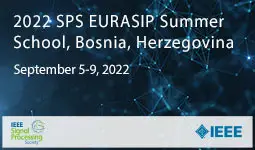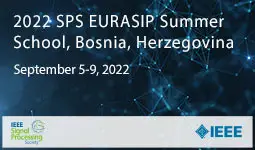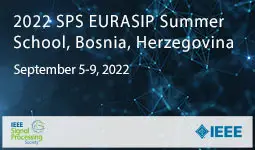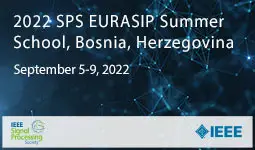-
Members: FreeSPS
IEEE Members: $11.00
Non-members: $15.00Length: 1:26:07 AM
05 Sep 2022
Learning the statistics of physical phenomena has been a long-time research objective. The advent of machine learning methods has offered effective tools to tackle such an objective in several data science domains. Some of those tools can be used in the domain of communication systems and networks. We should, however, distinguish between data learning from signal learning. The former paradigm is typically applied to higher protocol layers, while the latter to the physical layer. Historically, stochastic models derived from the laws of physics have been exploited to describe the physical layer. From these models, transmission technology has been developed and performance analysis carried out. Nevertheless, this approach has shown some shortcomings in complex and uncertain environments. Based on these preliminary considerations, we will review basic concepts about the statistical description of random processes and conventional random signal generation methods. Then, recent generative models capable of firstly learning the hidden/implicit distribution and then generating synthetic signals will be discussed. We will review the concept of copula and motivate the use of recently introduced segmented neural network architectures that operate in the uniform probability space. The application of such generative models to classic (but still open) problems in communications will be illustrated, including synthetic channel and noise modeling, channel capacity estimation, coding/decoding design in unknown channels. A key enabler component is the ability to estimate mutual information. This will lead us to the description of novel estimators and their application to learning the channel capacity, which is an ambitious goal being capacity mostly unknown even for channels analytically described. More constructively, we will show that autoencoders can be used to design capacity approaching coding/decoding schemes. Finally, just focusing on the receiver side, we will present optimal decoding strategies based on deep learning neural architectures. The lecture will substantiate the theoretical aspects with several application examples not only in the wireless communication context but also in the less known power line communication domain; the latter domain being perhaps more challenging given the extremely complex nature of the channel and noise.



